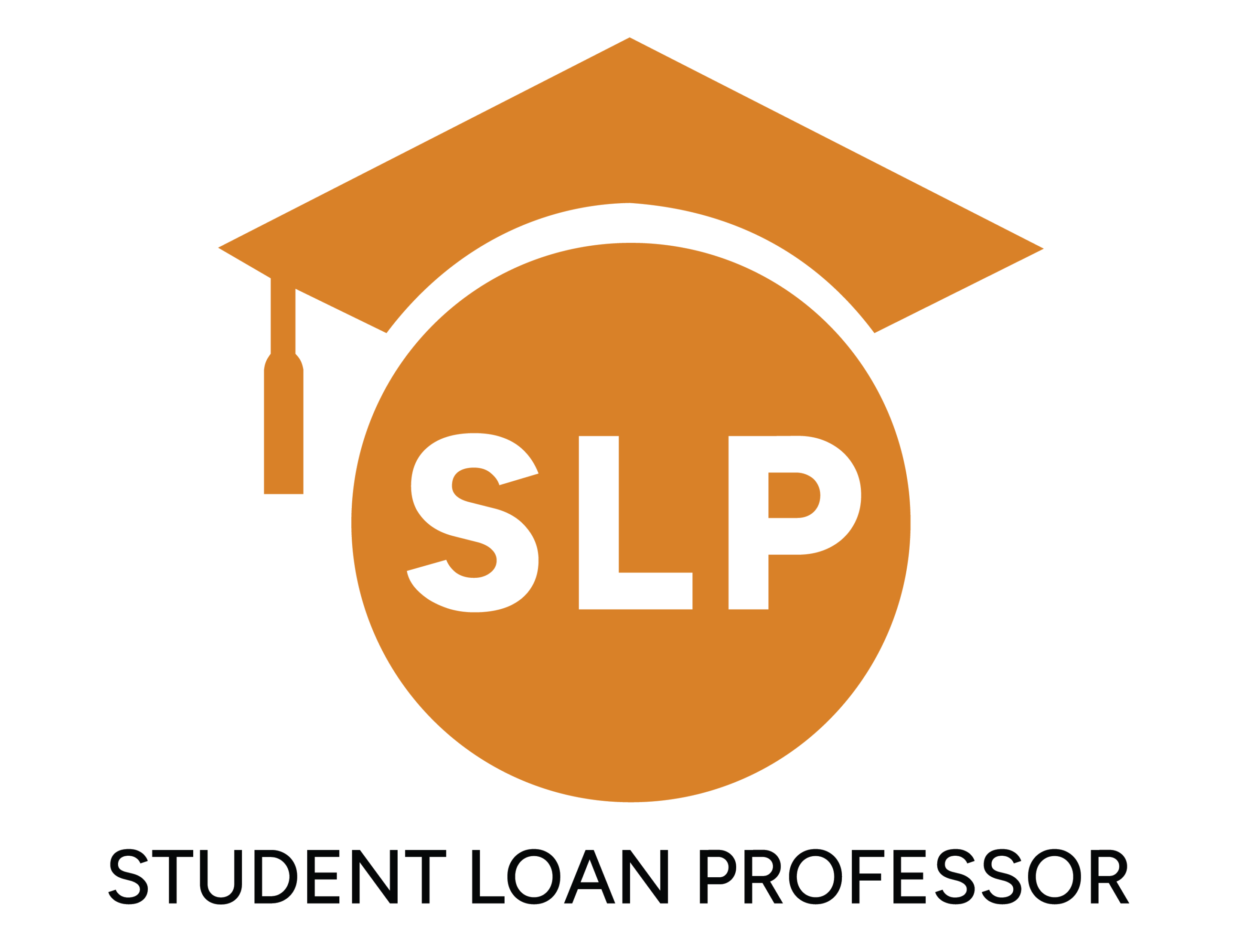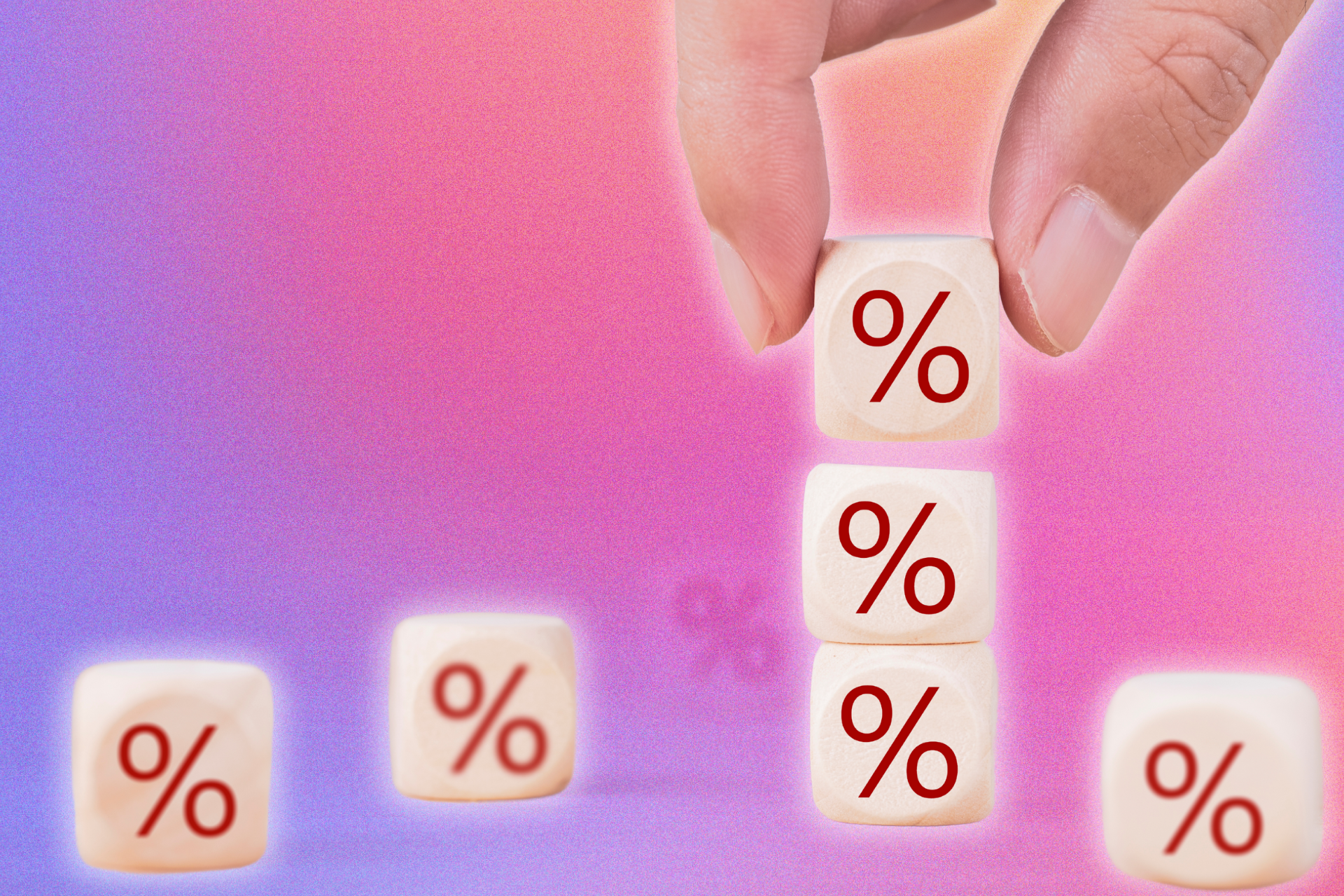Key Takeaways
- Student loan refinancing replaces loans with new terms, reducing interest or payments.
- Refinancing benefits include lower rates, reduced payments, flexible terms, and loan simplification.
- Key factors affecting refinance rates: credit score, DTI ratio, and loan term.
- Compare lenders, use prequalification tools, and seek discounts to secure better rates.
Student loan refinancing is one of the most popular options for borrowers who want to reduce their monthly payments, lock in lower interest rates, and pay off their loans faster.
With student debt at record highs, securing competitive refinance rates can mean the difference between years of financial stress and a manageable, predictable repayment plan.
With numerous student loan refinance companies, varying terms, and different rate structures, how do you find the best refinance rates?
Whether you’re aiming to lower interest rates, cut down your monthly payments, or shorten your loan’s term, join us to learn how to manage your student loan debt and secure your financial future.
Student Loan Refinancing 101: What Is Loan Refinancing?
Student loan refinancing refers to a process where you replace one or more existing student loans with a new loan at a lower interest rate. When you refinance your student loans, a private lender will typically pay off your current loan and issue a new loan with new terms.
For many borrowers, refinancing is one of the top options for lowering their monthly loan bills, reducing their interest rates, and shortening their repayment terms.
Refinancing is often ideal for those with private student loans or high-interest federal loans who are looking for more competitive rates and terms.
Key Benefits of Student Loan Refinancing
- Lower Interest Rates: If you secure a lower rate than your current loan, you can save thousands in interest over the life of your loan.
- Reduced Monthly Payments: With the right terms, refinancing can allow you to extend your loan term, lower your monthly payments, and free up your cash flow.
- Flexible Loan Terms: When refinancing, you can choose new terms that align with your financial goals, including 5-, 10-, or 15-year repayment terms.
- Simplified Repayment: Refinancing consolidates multiple loans into one, giving you a single monthly loan bill to manage instead of multiple loan payments.
Note: Refinancing is not to be confused with a federal direct consolidation loan. Consolidation combines multiple federal loans into a single loan with an average interest rate of your original student loans. While consolidation simplifies your payment process, it does not typically lower your interest rates.
Factors That Influence Student Loan Refinance Rates
Loan refinance rates can vary from one lender to another, but some key factors will determine the rate you’re offered. Understanding these factors will help you better assess whether refinancing is worthwhile and how you may qualify for the best rates.
1. Credit Score and History
Your credit score and credit history are among the key factors lenders use to find the most credit-qualified borrowers. A high credit score indicates to lenders that you are likely to make timely payments, classifying you as a low-risk borrower.
Additionally, if you have a strong credit score — about 700 or higher — you are more likely to get lower interest rates. If your credit report has improved since you took out your original student loans, refinancing can be a great way to secure better terms and save money.
2. Debt-to-Income (DTI) Ratio
Your DTI gives lenders an insight into how much of your monthly income goes towards paying off your debt. A low DTI suggests that you have a stable financial situation and are less likely to default on a loan. On the other hand, a high DTI makes you a high-risk borrower.
Typically, lenders prefer a DTI ratio of below 35-40%, suggesting you can comfortably handle a new debt. Aim to bring your DTI within this range before applying for a refinance loan to secure more favorable terms.
3. Loan Repayment Term
The length of your repayment term affects both your monthly loan bills and the total interest you will pay over the life of your loan.
Shorter loan terms generally come with a lower interest rate since the lenders are exposed to risk for a shorter period. However, this also means higher monthly loan bills.
On the other hand, longer terms have a slightly higher interest rate but lower monthly repayment bills spread out over the longer term.
4. Type of Interest Rate (Fixed or Variable)
Lenders typically offer fixed and variable interest rates with their refinance offers.
A fixed interest rate remains consistent over the life of the loan and is generally more stable, giving you more predictability in your loan payments.
Variable interest rates, on the other hand, fluctuate based on prevailing market conditions. They usually start lower than fixed rates but come with the risk of increasing over time.
Your choice between a fixed and variable interest rate will depend on your financial goals and risk tolerance.
5. Market and Economic Conditions
Broader economic trends such as inflation, Federal Reserve Bank interest rates, and market demand influence education loan finance trends and interest rates.
Generally, when the economy is strong, interest rates tend to rise as lenders capitalize on increased demand. However, rates may be lower in a weaker economy to encourage borrowing.
Keep an eye on current economic conditions to help you identify the best time to refinance. Alternatively, you can seek the assistance of a professional student loan advisory service to help you make the right call.
Average Student Loan Refinance Rates in 2024
Understanding the current average loan refinance rates will give you a benchmark with which to evaluate offers from different lenders.
While rates vary from lender to lender, knowing what the market looks like will help you set realistic expectations and recognize competitive student loan interest rates.
For reference, here’s a quick comparison of the rates currently offered by some top lenders.
These lenders provide a .25% discount for enrolling in autopay, along with additional perks and discounts for SLP customers.
| Lender | Best For | Loan Term | Loan Amount |
|---|---|---|---|
| SoFi | Overall refinancing | 5 – 20 years | $1,000 – your entire loan balance |
| Splash Financial | $500 cash bonus for loans over $100k with SLP | 5 – 15 years | Starting at $5,000 |
| ELFI | Refinancing large loan amounts | 5 – 20 years | Starting at $1,000 |
| Earnest | Flexible repayment options | 5 – 20 years | $5,000 – $500,000 |
| Laurel Road | $500 cash bonus for loans over $100k with SLP | 5 – 20 year | $5,000 – your entire loan balance |
| Panacea | Healthcare students | 5 – 15 years | Starting at $1,000 |
Note: Education refinance loan rates change frequently, sometimes daily. Please visit the lenders’ website for up-to-date interest rate information.
How to Find the Best Student Loan Refinance Rates
With various lenders offering different terms and incentives, it’s essential to know where to look and what to consider when shopping for a refinance loan. Here are some tips to help find and secure the most competitive loan refinancing rates.
Research Multiple Lenders
Private lenders, including banks, credit unions, and online lenders, offer varying rates and terms. For example, community banks will offer more competitive rates to their members. Other lenders may have processes to streamline the loan process for quicker approvals.
Shop around and consider multiple student loan lenders, especially ones specializing in refinancing student loans. Finding a lender that aligns with your financial needs will improve your chances of securing more favorable rates.
Use Prequalification Tools
Many lenders offer prequalification, which provides potential borrowers with a personalized rate estimate without a hard credit check. This helps you compare rates from different lenders without impacting your credit score.
Prequalification also allows you to gather multiple offers from different lenders and make side-by-side comparisons. This way, you can find the most attractive rates and terms without committing to a student loan refinance application.
Find Lenders With Discounts and Incentives
Some lenders offer a 0.25% to 0.5% auto debit discount if you sign up for automatic payments. This might seem small, but it can make a notable difference over the life of your loan.
If you have an existing relationship with a bank or lender, you may qualify for a loyalty discount on your refinance rate. Some lenders even offer rate reductions to borrowers with other financial products, such as a savings account or mortgage.
Furthermore, some lenders will offer lower rates if you belong to certain professions, like doctors or teachers, or alumni or specific universities. Be sure to check with lenders to see if you qualify for such discounts and take advantage of them.
Work With a Student Loan Professional
There are only a handful of companies who specialize in student loan advising. Student Loan Professor is among the most popular choices, having helped over 1,000 borrowers refinance since 2015.
Our team will assess your overall financial situation and help you determine if refinancing aligns with your long-term goals. They are also well-versed in the market and can recommend lenders who offer excellent terms.
Check out SLP’s free refinancing suitability analysis for expert help navigating the student loan refinancing markets.
Frequently Asked Questions
Can I Refinance Both Federal Student Loans and Private Student Loans Together?
Yes. However, refinancing federal student loans means you’ll lose access to federal benefits such as Income-Driven Repayment plans and student loan forgiveness programs like PSLF. Before refinancing, consider whether this trade-off is worthwhile.
How Much in Fees Does Refinance Student Loans Cost?
Most reputable lenders do not charge application, origination, or prepayment fees for refinancing. However, always check with your lender to confirm there are no hidden fees. Also, avoid lenders with significant upfront costs.
What Credit Score Do I Need to Qualify for Refinancing?
Credit requirements vary by lender, but a score of 700 or higher will generally get you more competitive refinance rates. If necessary, improve your credit score before applying for refinancing to access better terms.
Does Refinancing Affect My Credit Score?
Refinancing can have a minor impact on your credit rating. The initial inquiry for rate quotes typically involves a soft pull, which does not affect your score. However, a formal application comes with a hard inquiry which may cause a slight dip.
Secure Your Financial Future With the Right Refinancing Decisions
Student loan refinancing can be a powerful tool for managing debt, reducing interest costs, and lowering monthly payments. However, refinancing is not a one-size-fits-all solution for all your student loan woes.
As we’ve seen, several factors will determine whether or not refinancing is right for you. Be sure to evaluate your suitability before submitting any formal applications.
Alternatively, you could get in touch with us at Student Loan Professor, and we’ll do the heavy lifting for you. With our team of student loan experts, we’ll help you navigate your loan refinance from suitability analysis to debt planning and management.
Brandon Barfield is the President and Co-Founder of Student Loan Professor, and is nationally known as student loan expert for graduate health professions. Since 2011, Brandon has given hundreds of loan repayment presentations for schools, hospitals, and medical conferences across the country. With his diverse background in financial aid, financial planning and student loan advisory, Brandon has a broad understanding of the intricacies surrounding student loans, loan repayment strategies, and how they should be considered when graduates make other financial decisions.



![Our Honest Thoughts On Aidvantage Student Loans [For 2025]](https://www.studentloanprofessor.com/wp-content/uploads/2024/10/SLP_fallback_2-no-logo-400x250.jpg)

